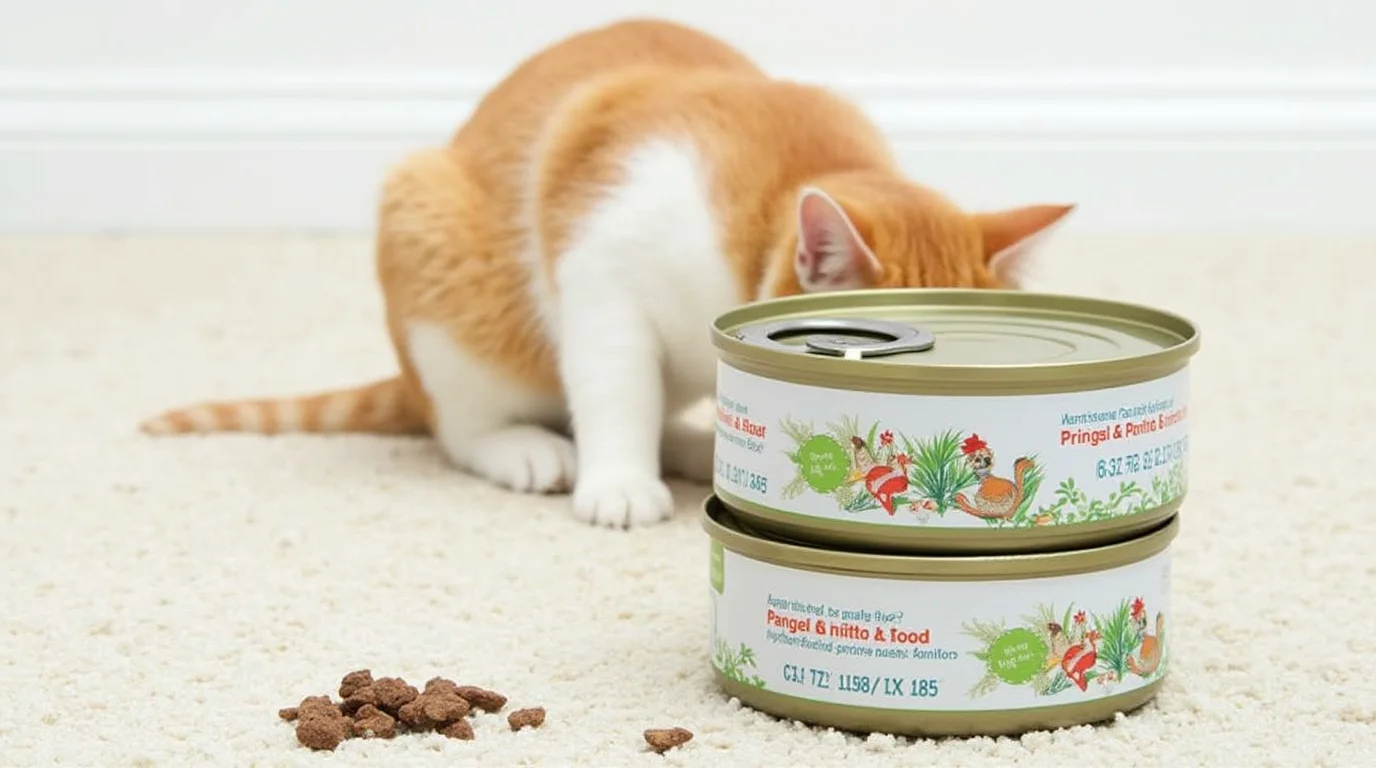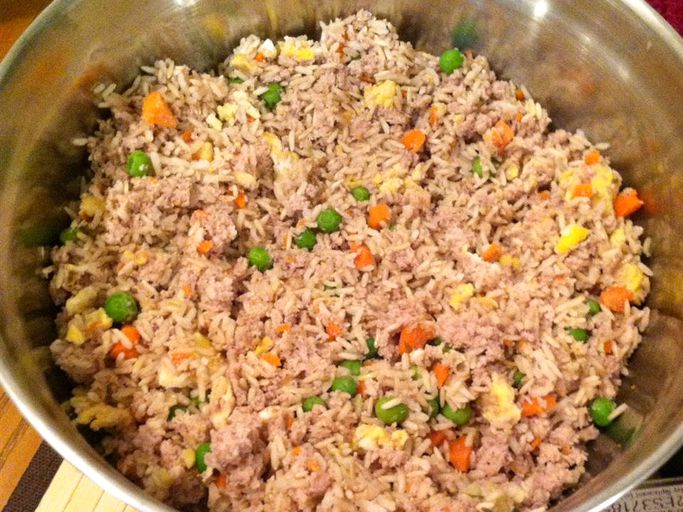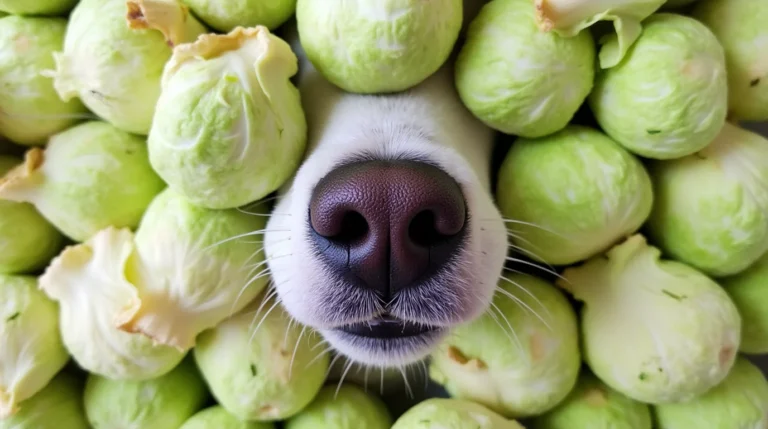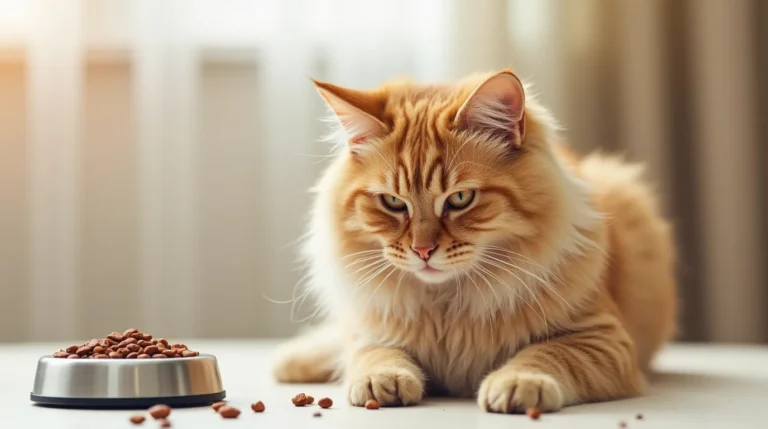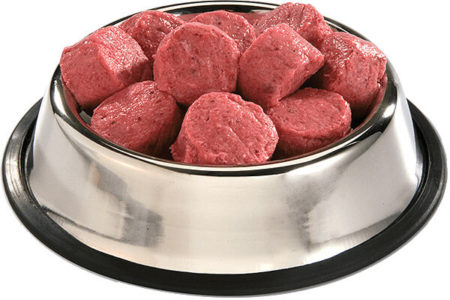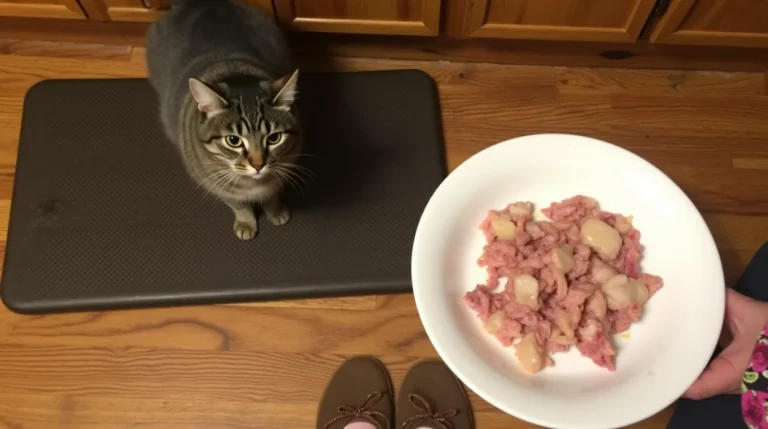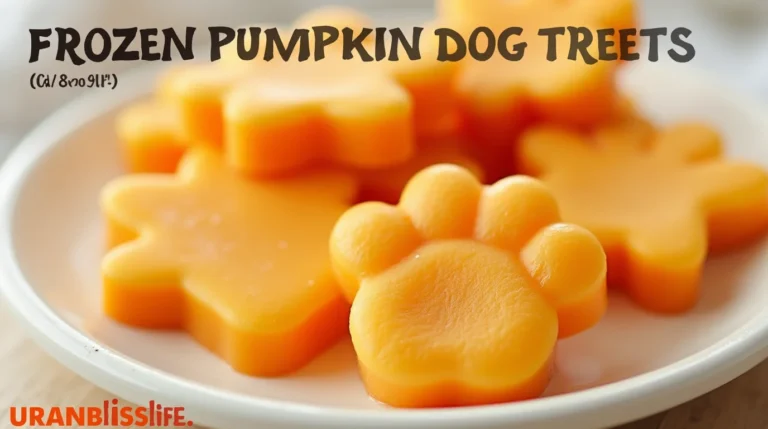Cat canned food is a staple in many feline households, offering balanced nutrition, rich flavors, and essential hydration. Whether you’re a new cat parent or a seasoned pro, understanding the benefits, types, and feeding tips for canned food can ensure your cat’s health and happiness. This guide will walk you through everything you need to know about cat canned food.
What is Cat Canned Food?
Cat canned food, commonly known as wet food, is a type of cat food prepared with a high moisture content. It typically contains a blend of proteins, fats, and carbohydrates tailored to meet a cat’s dietary needs. Unlike dry kibble, canned food is sealed in tins or pouches, which preserves its freshness and texture.
Key Ingredients in Cat Canned Food
High-quality cat canned food primarily contains:
- Animal Proteins: Chicken, beef, fish, turkey, and lamb are common sources.
- Essential Fats: Omega-3 and omega-6 fatty acids for a healthy coat and skin.
- Added Vitamins & Minerals: To support overall health, bone development, and immunity.
- Limited Fillers: Grain-free options are available for cats with sensitivities.
Benefits of Feeding Your Cat Canned Food
Cat canned food isn’t just tasty; it’s packed with benefits that promote feline well-being.
Nutritional Advantages
Canned food is rich in protein and low in carbohydrates, aligning with a cat’s carnivorous nature. This helps maintain muscle mass, support energy levels, and ensure overall vitality.
Hydration Benefits
Unlike kibble, which contains only 10% moisture, wet food offers up to 80% water content. This hydration is crucial, especially for cats prone to urinary tract infections or kidney issues.
Improved Palatability
Canned food’s aroma, texture, and flavor often appeal to even the pickiest eaters. Its soft texture is also ideal for senior cats or those with dental problems.
Types of Cat Canned Food
Canned food comes in various types to suit your cat’s preferences and needs.
Grain-Free vs. Regular Options
Grain-free canned food is popular for cats with allergies or sensitivities, while regular options include grains like rice for added carbohydrates.
Texture Varieties
- Pate: Smooth and uniform, easy for cats to eat.
- Shreds or Flakes: Resembling real meat fibers, great for texture-loving cats.
- Chunks in Gravy: Combines hearty pieces with a savory liquid.
Specialized Canned Foods
Options include food for kittens, seniors, or cats with medical needs (e.g., renal diets or weight control formulas). Always consult a veterinarian when selecting specialized foods.
How to Choose the Best Cat Canned Food
Choosing the right cat canned food requires careful consideration of ingredients, quality, and your cat’s specific needs.
Reading Labels
Look for products with:
- A high percentage of named animal proteins (e.g., “chicken” rather than “meat by-products”).
- Limited artificial additives, colors, and preservatives.
- A clear nutritional breakdown approved by AAFCO (Association of American Feed Control Officials).
Avoid Harmful Ingredients
Steer clear of foods containing carrageenan, artificial dyes, and excessive fillers like corn or wheat.
Feeding Guidelines for Cat Canned Food
Proper portioning is key to keeping your cat healthy and satisfied.
Portion Control
The recommended serving size depends on your cat’s weight, age, and activity level. Most canned foods offer guidelines on the label.
Feeding Frequency
Cats typically do well with two to three small meals daily. Combining canned food with dry kibble in a balanced ratio can also work well for some pets.
Common Myths About Cat Canned Food
Let’s debunk some common misconceptions about wet food.
“Canned Food is Bad for Teeth”
While dry kibble can help scrape tartar, canned food doesn’t inherently cause dental issues if paired with regular dental care.
“Wet Food Causes Obesity”
Obesity is more related to overfeeding and lack of exercise than the type of food. Proper portion control ensures healthy weight management.
Top Cat Canned Food Brands in 2025
Several trusted brands stand out for quality and affordability.
Budget-Friendly Options
- Friskies: Offers affordable canned food without compromising on taste.
- Sheba: Known for its single-serve portions and balanced recipes.
Premium Brands
- Blue Buffalo Wilderness: Features grain-free, high-protein formulas.
- Wellness CORE: Offers nutrient-rich, all-natural recipes.
Homemade Alternatives to Canned Cat Food
If you prefer a hands-on approach, homemade cat food can be a great alternative.
Simple Recipes
Combine cooked chicken or turkey with cooked carrots or pumpkin for a basic homemade meal. Ensure supplements are added for complete nutrition.
Pros and Cons of Homemade Food
While homemade meals give you control over ingredients, they require significant time, effort, and nutritional balancing to avoid deficiencies.
Environmental Impact of Cat Canned Food
Sustainability matters to many pet owners.
Recycling Tips
Cat food cans are usually made of recyclable aluminum. Rinse them thoroughly before recycling to avoid contamination.
Eco-Friendly Brands
Some brands, like Open Farm, focus on sustainable packaging and ethically sourced ingredients.
Conclusion
Cat canned food provides essential hydration, balanced nutrition, and a variety of textures and flavors that cats love.
Whether you opt for premium brands or budget-friendly options, understanding your cat’s preferences and nutritional needs is key.
With proper portion control and quality choices, you can ensure your furry friend stays healthy and happy.

